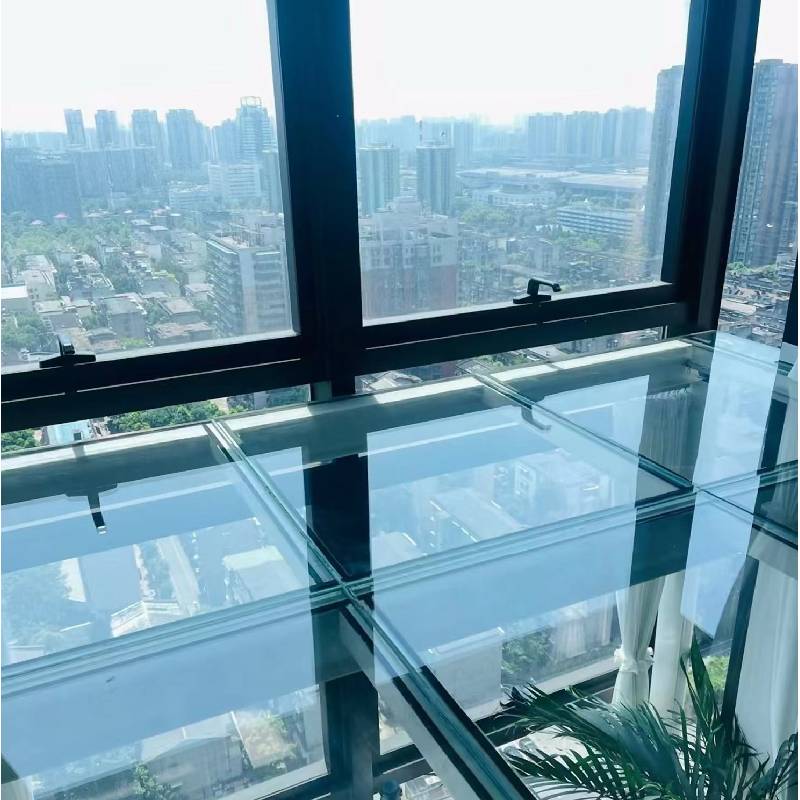

Understanding Low-E Soft Coat Glass An Energy-Efficient Solution
Low-emissivity (Low-E) soft coat glass is revolutionizing the way we think about energy efficiency in building design and window technology. As the demand for sustainable living solutions continues to grow, Low-E soft coat glass presents a compelling option for homeowners and builders seeking to enhance energy performance without sacrificing aesthetics. In this article, we will delve into what Low-E soft coat glass is, its benefits, and why it is becoming increasingly popular in modern construction.
What is Low-E Soft Coat Glass?
Low-E soft coat glass is a type of energy-efficient glazing that incorporates a microscopically thin coating of metal oxide. This coating reflects heat back into the room while allowing visible light to pass through, thus improving the overall energy efficiency of a building. The term soft coat refers to the method of application, where the coating is applied during the manufacturing process while the glass is still in a soft, malleable state. This contrasts with hard coat Low-E glass, where the coating is bonded during the heating process and is more durable but less efficient at reflecting heat.
How Does Low-E Soft Coat Glass Work?
The primary function of Low-E coating is to lower the U-factor and solar heat gain coefficient (SHGC) of windows. The U-factor measures how well a building element conducts heat, whereas SHGC measures how much solar radiation is admitted through a window. Low-E glass significantly reduces both, which means that during hot summers, it keeps the cool air inside and minimizes reliance on air conditioning. In the cold winter months, it reflects heat back indoors, providing natural warmth and reducing heating costs. This dual benefit leads to greater comfort and lower energy bills year-round.
Key Benefits of Low-E Soft Coat Glass
1. Energy Efficiency The most significant advantage of Low-E soft coat glass is its energy efficiency. Studies indicate that homes equipped with Low-E windows can save up to 30-50% on energy costs related to heating and cooling.

2. UV Protection In addition to energy efficiency, Low-E soft coat glass offers protection against ultraviolet (UV) radiation. The coating reduces UV rays by up to 99%, protecting furniture, flooring, and artwork from fading over time.
3. Comfortable Indoor Environment With better insulation from temperature fluctuations, Low-E glass helps maintain a consistent indoor climate. This means fewer drafts and hot spots, contributing to an overall more comfortable living environment.
4. Increased Durability and Aesthetics Since soft coat Low-E glass is typically more transparent and has fewer visual distortions than hard coat options, it provides better clarity and enhances the aesthetic appeal of buildings.
5. Environmental Impact Using Low-E soft coat glass not only lowers energy consumption but also reduces a building's carbon footprint. Lower energy use means fewer greenhouse gas emissions, making it an environmentally friendly choice.
Applications of Low-E Soft Coat Glass
Low-E soft coat glass is versatile and can be utilized in various applications, including residential windows, storefronts, commercial buildings, and even skylights. Its adaptability makes it a popular choice for both new construction and retrofitting old buildings with energy-efficient solutions.
Conclusion
As the world moves toward greener building practices and energy-efficient solutions, Low-E soft coat glass emerges as a superior choice for those looking to enhance their living spaces while also contributing to environmental sustainability. With its exceptional energy-saving properties, aesthetic appeal, and protective features, Low-E soft coat glass is not just a trend but a pivotal innovation in modern architecture and design. Whether for new builds or renovations, this technology offers a smart investment for the future, marrying comfort, style, and eco-consciousness seamlessly.